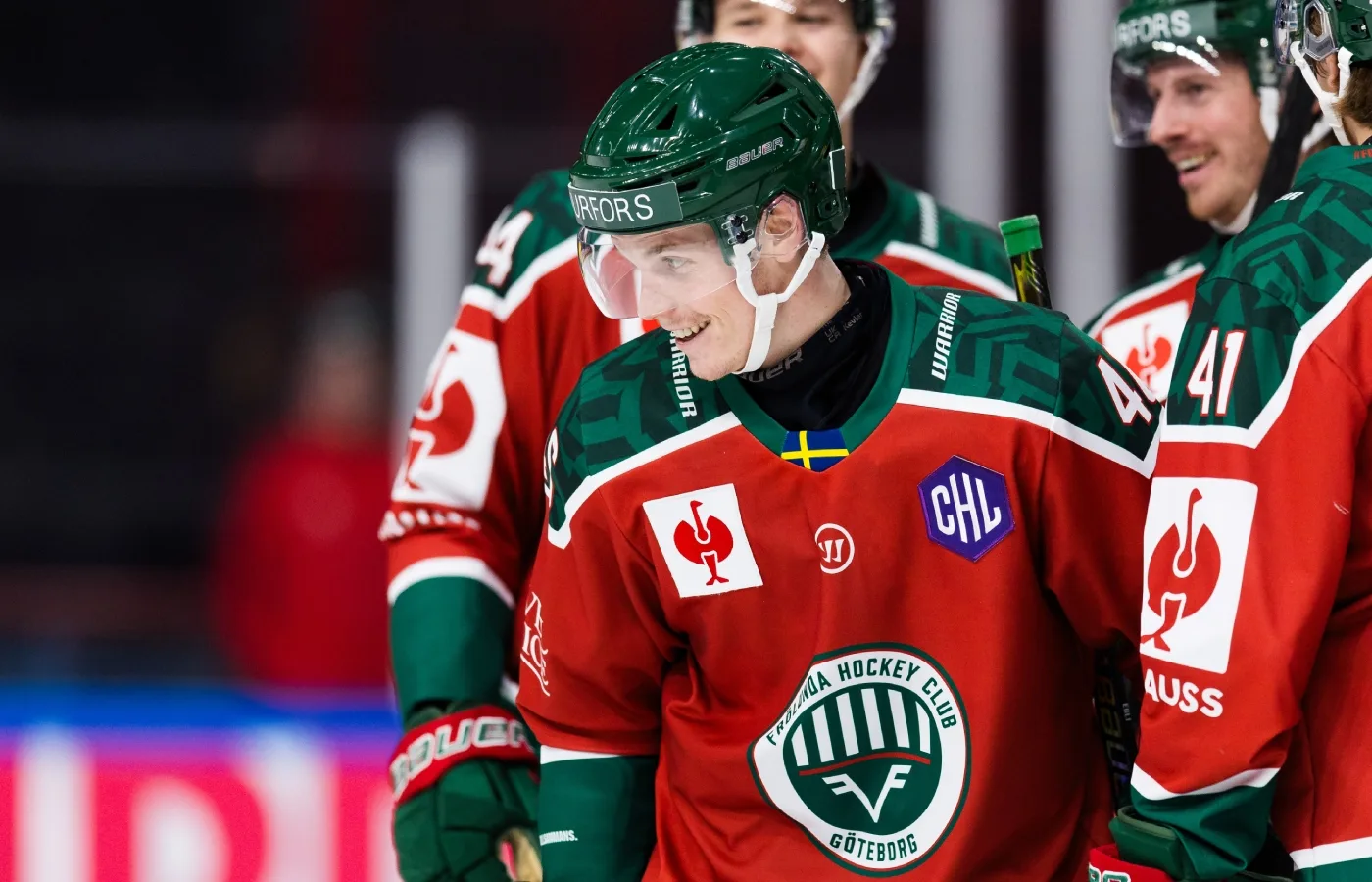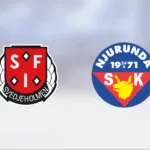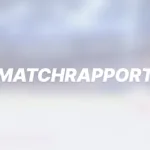
Alexander Holtz: A Year-Over-Year Stats Comparison
A few weeks ago I zoomed in on Lucas Raymond’s season to evaluate how his second SHL season was shaping up statistically to his rookie SHL season. Naturally, it’s Alexander Holtz’s turn to go under the microscope, now that he’s played the same number of games this season as he did last, 35.
Just like Raymond, Holtz is a high-end NHL prospect, but this analysis is solely meant to evaluate if and where Holtz is making progress as an SHL contributor. A year ago, he played a meaningful role on a playoff team as a 17-year-old, averaging nearly 13 minutes per night and playing most frequently with the likes of Patrik Berglund and Sebastian Strandberg. This year has been bumpier, both for the team and him individually, as Holtz has seen his ice time go down while producing just four points in 16 games since returning from the World Juniors.
All told, Holtz currently has 17 points in 35 games, one more than the 16 he finished with last year. Let’s break it all down to get a better understanding of his season.
Even Strength & 5v5

Holtz looks a lot like the player he was last year at even strength. While averaging about a minute and a half more of ice time per game, his individual production is right in line with where it was a year ago, with minor increases to his Points/60 (1.86 → 1.94) and Shots on Goal/60 (7.1 → 7.5).
Both are strong marks. The 1.94 Points/60 is third-highest on Djurgården, trailing only Kalle Östman and Sebastian Strandberg. League-wide, it’s 24th in the entire SHL and best among all junior-aged players. The 7.5 Shots on Goal/60 is second-highest on Djurgården, behind only a Niclas Bergfors who shoots from anywhere and everywhere.
The rest of his game at even strength is also in line with last season. It’s nice to see a two percentage point jump in his Corsi%, from 50.2 to 52.2, putting him even with the team’s performance in that area. The on-ice percentages have been less favorable to Holtz this year, most notably illustrated by a decrease in his individual shooting percentage and his goalies’ save percentage behind him.
Overall, just looking at the stats, it’s been a solid year for Holtz at even strength. While there isn’t much year-over-year growth in any particular area, he was starting from a high baseline, off the success of a strong 17-year-old season.
Power Play

For someone whose elite shot is the first line in his scouting report, Holtz surprisingly has just two career power play goals, one last season and one this season.
Djurgården’s power play hasn’t been good either of the last two seasons, and has been especially ineffective this year. As a constant presence on the power play, Holtz bears some of the responsibility for that. If you want a reason for optimism, you can look at his increased shot production this year, paired with a 4% shooting percentage that is bound to tick up over time.
The 19.3 Shots on Goal/60 is once again strong, the highest rate on Djurgården and toward the top of the league. Holtz is clearly a top option on the power play and he’s getting in spots to get his shots off, however the production is missing.
Without watching the video for further analysis or to uncover other warning flags, I’d have to imagine this is one area where Holtz is bound for better things if he sticks around in the SHL beyond this season.
Better Than A Monkey Stats
Per Better Than A Monkey’s Game Score, a catch-all metric designed to measure a player’s effectiveness, Holtz’s average Game Score has improved from 0.43 to 0.56 this season, which represents a jump from around league average to solidly above average. His improved Corsi and individual shot production would be the biggest drivers in the increase.
Also from Better Than A Monkey, we can see how Holtz’s goal scoring compares to his expected goals, based on shot type and location. This year, he’s scored his 7 goals on 8 expected goals, a more sustainable output than the 9 goals he scored on just 5 expected goals last season.
Here’s a side-by-side view of Holtz’s shot heatmap the last two seasons, which — important to note — includes all situations. This shows an encouraging progression for Holtz, who is getting to higher-danger areas of the ice. Even assuming the hot spot by the left faceoff circle is from the power play, it’s easy to see why he grades out better by expected goals this season.

A Tale of Two Seasons
Holtz got off to a fast start this season, playing alongside Jacob Josefson and William Eklund. The trio was good together, outscoring the opposition 8-1 during 5v5 play, with Holtz and Eklund consistently getting on the scoresheet.
Then Jacob Josefson got hurt in mid-November, and the line hasn’t played together since. Here’s a game-by-game look at Holtz’s season in a few key categories, with special attention drawn to the timing of Josefson’s injury:

Ever since Josefson’s absence, Holtz’s scoring dried up, his individual shot rate decreased, and his play driving has been inconsistent.
Holtz has struggled across the board to replicate his early season success, where in addition to Josefson’s absence, a long SHL hiatus due to the World Juniors, and an injury of his own have played a role.

—
All things considered, Alexander Holtz is having a fine season. Just like Raymond, he hasn’t fully blossomed at the SHL level, and I think that presents an interesting decision for the New Jersey Devils next season. Holtz clearly has room for improvement, and it’s been a rough stretch recently, which is also coming off a quieter than expected World Juniors.
That said, he’s a premium prospect and what he’s accomplished in the SHL at this age remains impressive. I think we’d be looking at his season differently if Jacob Josefson (and the rest of Djurgården) had better injury luck, but there’s still time for Holtz to finish the regular season and a playoff run on a high note.
Den här artikeln handlar om:










